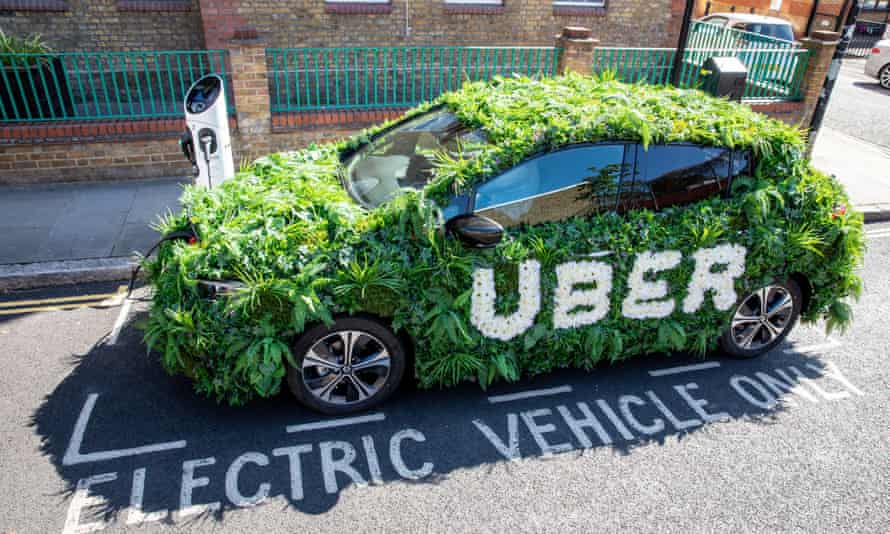The Uber Green project may help many users discover that they are electrically friendly
With the Uber Green project and much-incentivised fleet renewal, many Uber users may appreciate the qualities of native electric cars and discover that they are electrically friendly. Without the American giant is interested in selling them, the battery-powered cars will not be sold.

The Uber Green project could help the spread of BEVs in the countries where it is most active
In this start-up phase of summer 2021, there is a warmer but above all much more positive and dynamic air of “reboot” for many activities stopped by the pandemic during 2020. These include Uber’s mobility services, which have made a huge leap: +116% based on rides up to the beginning of June.
In terms of electric mobility, which is being extended along with this “good wave” of restarting, the American giant with its Uber Green project could indirectly help the spread of BEVs in the countries where it is most active.
From pick-up and acceleration to quietness and comfort: all the qualities of an electric car
It is a fact shared by those in the automotive industry that the performance and qualities of an electric car can be appreciated through its use, and not just through the valid communication of car manufacturers or the bodies that encourage them. Anyone who has never sat in a state-of-the-art native electric car will be amazed on average. By its pick-up and acceleration, by the way, it ‘holds’ the road.
However, it is only when they are used more often that they realize just how much the quietness and ‘clean’ comfort of native battery-powered cars, often well assisted by the latest ADAS and easier to drive than many thermals or hybrids, count. Not to mention the handling of objects and passengers, due to the better design allowed for the ever-greater interior space.

It is only by having more moments of use on more than one route that it is possible to quantify how much they are worth and what it means to have them all the time, certain native qualities of the new electric cars that also translate into safety. In the long run, it will also be possible to evaluate the net cost savings if the owners pay certain charges, starting with refueling, which becomes a simple recharge.
Uber has committed to making all its cars in service zero-emission in less than ten years
While many of the cars used in Uber’s millions of global services are recent hybrids, often from Asia, the company has its sights set on a plug-in, tank-free future. For Europe, out of the twenty countries it serves, all of the US and even Canada, Uber has committed to making all its cars in service zero-emission in less than ten years.
In less than five years, at least half of Uber’s daily trips will be in electric cars in the most advanced countries
To speed up the transition, not only do EV drivers get a bonus (of $1 or $1.5 per trip currently) but there is also a financial fund with incentives to help drivers make the transition to BEVs. At the moment Uber has already signed agreements with some Asian (Nissan, Kia and Hyundai), American (GM) and European (VW, Renault) car manufacturers for the discounted purchase of electric models only.

Uber’s aims in taking this step are to reduce emissions and to make the company more environmentally friendly, which is a good sign, but by making daily rides completely electric, now that mobility is picking up and public transport is less popular, many passengers will discover the advantages of an electric car, even if they don’t want to.
Uber Green services on BEVs will help many passengers discover the advantages of an electric car
The proportion of people who do not know the sensations and performance of the latest plug-in models is still high. Sharing the experience of Uber Green services on BEVs will at least partly encourage those who are electrically friendly and ready to make the switch, but had never been in contact with a BEV.
Of course, car recharging facilities are still limited in many parts of Italy, but we’re counting on players like Be Charge for constant development of public charging points.
In collaboration with:








